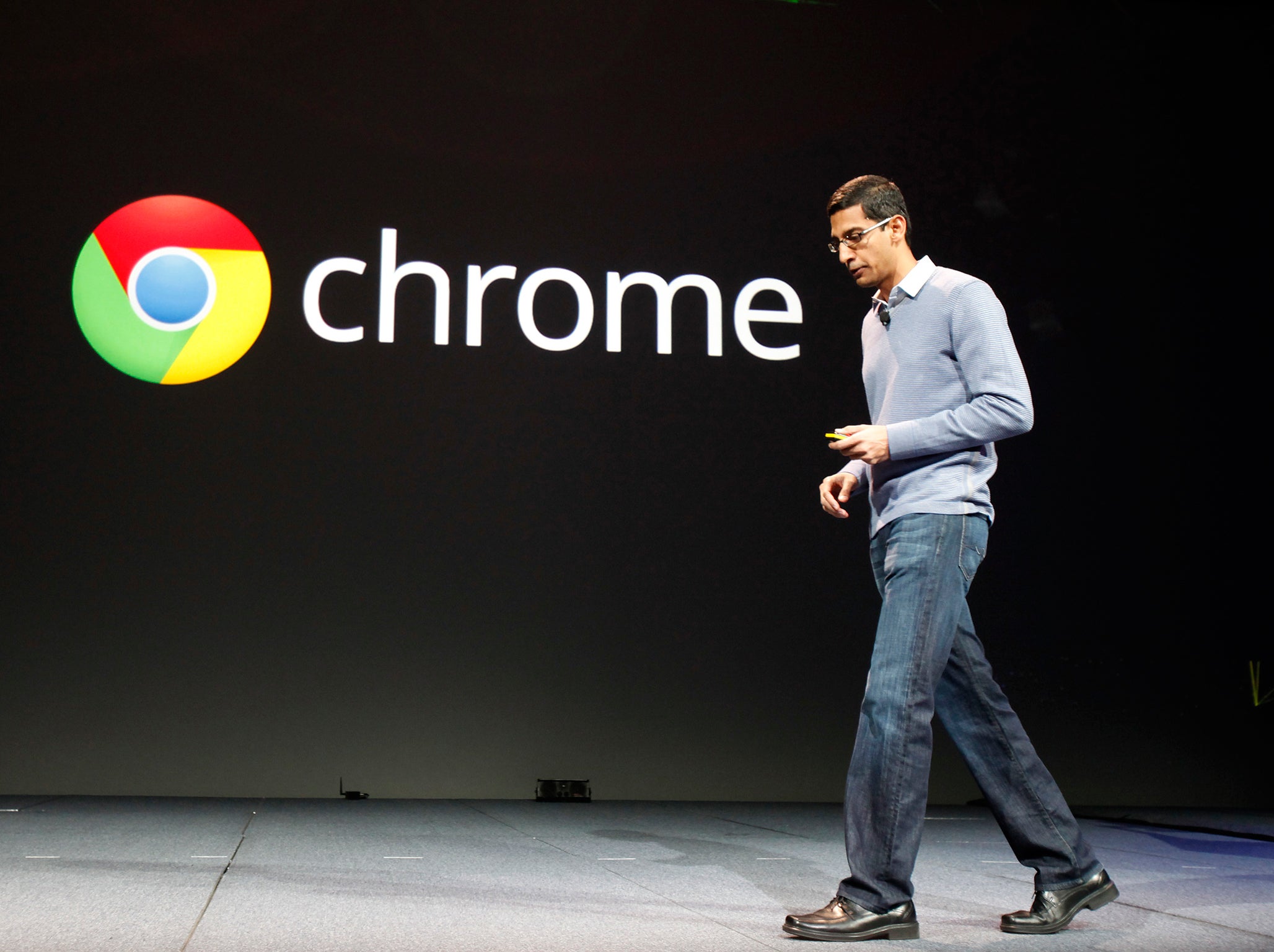Google Chrome scam tricks users into emailing bank details to criminals
New malware disguised as the popular web browser is targeting internet users

Your support helps us to tell the story
From reproductive rights to climate change to Big Tech, The Independent is on the ground when the story is developing. Whether it's investigating the financials of Elon Musk's pro-Trump PAC or producing our latest documentary, 'The A Word', which shines a light on the American women fighting for reproductive rights, we know how important it is to parse out the facts from the messaging.
At such a critical moment in US history, we need reporters on the ground. Your donation allows us to keep sending journalists to speak to both sides of the story.
The Independent is trusted by Americans across the entire political spectrum. And unlike many other quality news outlets, we choose not to lock Americans out of our reporting and analysis with paywalls. We believe quality journalism should be available to everyone, paid for by those who can afford it.
Your support makes all the difference.Cybercriminals have created a malicious app designed to trick unsuspecting Chrome users into giving away their credit card details.
The malware, which has been dubbed ‘Betaling - Google Chrome’, does a pretty convincing job of imitating Google’s popular web browser.
First spotted by MalwareHunter, the fake browser uses the official Chrome icon, as well as the same HTTPS lock icon and a similar navigation bar and general layout.
Fortunately, there are several clear differences between the real Google Chrome and Betaling, so users can protect themselves.
Most obviously for UK users, Betaling – which means ‘payment’ in Dutch – is predominantly targeting Chrome users in the Netherlands right now, and therefore has a user interface that’s only available in the Dutch language.
The Betaling browser window can’t be resized or minimised either, with only the close button actually functional.
On startup, it also launches a page with a form asking users to enter their payment details.
According to security blog BleepingComputer, users who fall for the scam will have their information collected and forwarded to an AOL email address.
A similar, albeit slightly more polished Gmail phishing scam, was discovered earlier this year.
The attack, which started with a hacker firing off an email containing an infected image disguised as a PDF, was found to be capable of imitating the Gmail sign-in page and composing convincing emails by analysing and mimicking a victim’s past messages.
Join our commenting forum
Join thought-provoking conversations, follow other Independent readers and see their replies
Comments